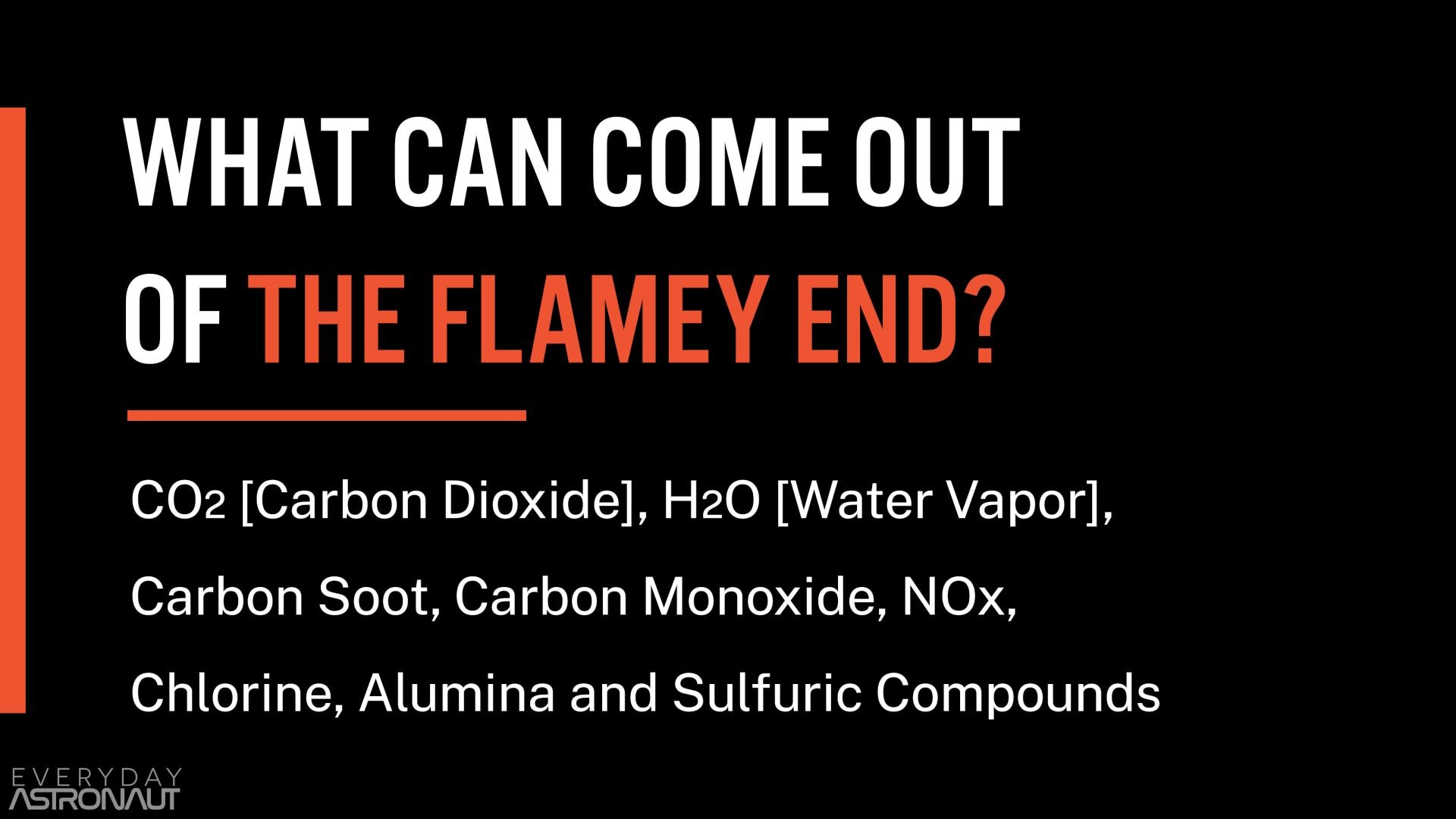Rocket fumes are f’in up the environment
How much do rockets pollute? A lot!
Some might find it ironic that an organization like NASA, who studies our atmosphere, is Ok with rockets polluting it so much. Or isn’t it weird that Elon Musk, the same person who is pushing sustainable energy with Tesla, also has a rocket company that runs on fossil fuels?
And let’s not forget about Jeff Bezos, who just pledged 10 billion dollars to help combat climate change, and who will soon be frequently launching a rocket almost the size of the Saturn V moon rocket! Isn’t this all a little bit hypocritical?
So today we are going to do a deep dive into this. We are going to see just how much of what rockets emit, go over how much different fuels and engine types pollute, then we will compare their emissions against other forms of transportation and other global polluters.
And we will even figure out what would happen if SpaceX’s proposed Starship point to point transportation would replace airliners, would that be an improvement in emissions, or a step backwards?
But that is not the only environmental impact rockets have. What about when parts are thrown away in the oceans or on land? What impact does that have? Or what about space debris? Do we need to worry about how much junk we are putting in space? We will get to those questions in upcoming articles, but for now, we are just going to focus on air.

Let’s start off with the dirtiest of rocket propulsion, and that is solid rocket boosters. You will typically see solid rocket boosters on the first stage of rockets where high thrust really matters. Perhaps the most famous solid rocket boosters were the two giant white boosters on the sides of the Space Shuttle. They produced over 85% of the thrust of the rocket at take off!
There is also two massive and mighty solid rocket boosters on ESA’s Ariane 5. These huge solid rocket boosters cause the rocket to leap off the pad in a real hurry! You will also see SRBs attached to the first stage of many rockets for a little extra oomph.
Solid rocket boosters are typically composed of hydrochloric acid, or more specifically ammonium perchlorate, the salt of perchloric acid and ammonia, which are powerful oxidizers, and aluminum or magnesium powders!
These are held together by a binder, usually hydroxyl terminated polybutadiene (known as HTPB) or polybutadiene acrylonitrile (known as PBAN). Which makes the propellant into a rubbery like mixture.
This means they emit primarily aluminum oxide, soot or black carbon, CO2, hydrogen chloride, nitrogen oxides, hydrogen and a few other trace gases.
Researchers fear that the space industry has little incentive to change because of the absence of regulations, a reluctance to abandon safe and proven technology, and the fact that new propellants mean expensive new engines and lengthy testing.
“People are starting to wake up to the disproportionate impact on the atmosphere of the space launch industry, but nothing happens in a hurry in space,” says Chris Larmour, co-founder and CEO of Orbex. “I definitely think we’ll see regulation coming in. The government will set an emissions target and we will have to adhere to it. The industry can lobby all they want, but in the end, it’s the politicians that make laws.”
Yet, others are weary of a regulatory solution to a complex problem.
“One-size-fits-all solutions are very challenging given the broad range of technology types,” says Pomerantz. “However, technology innovation will be key. Propulsion technology is one part of that, but what is really needed is a holistic view of how we maximize the efficiency of full systems – what kind of spacecraft we build, what jobs they do, and how they get launched.”
